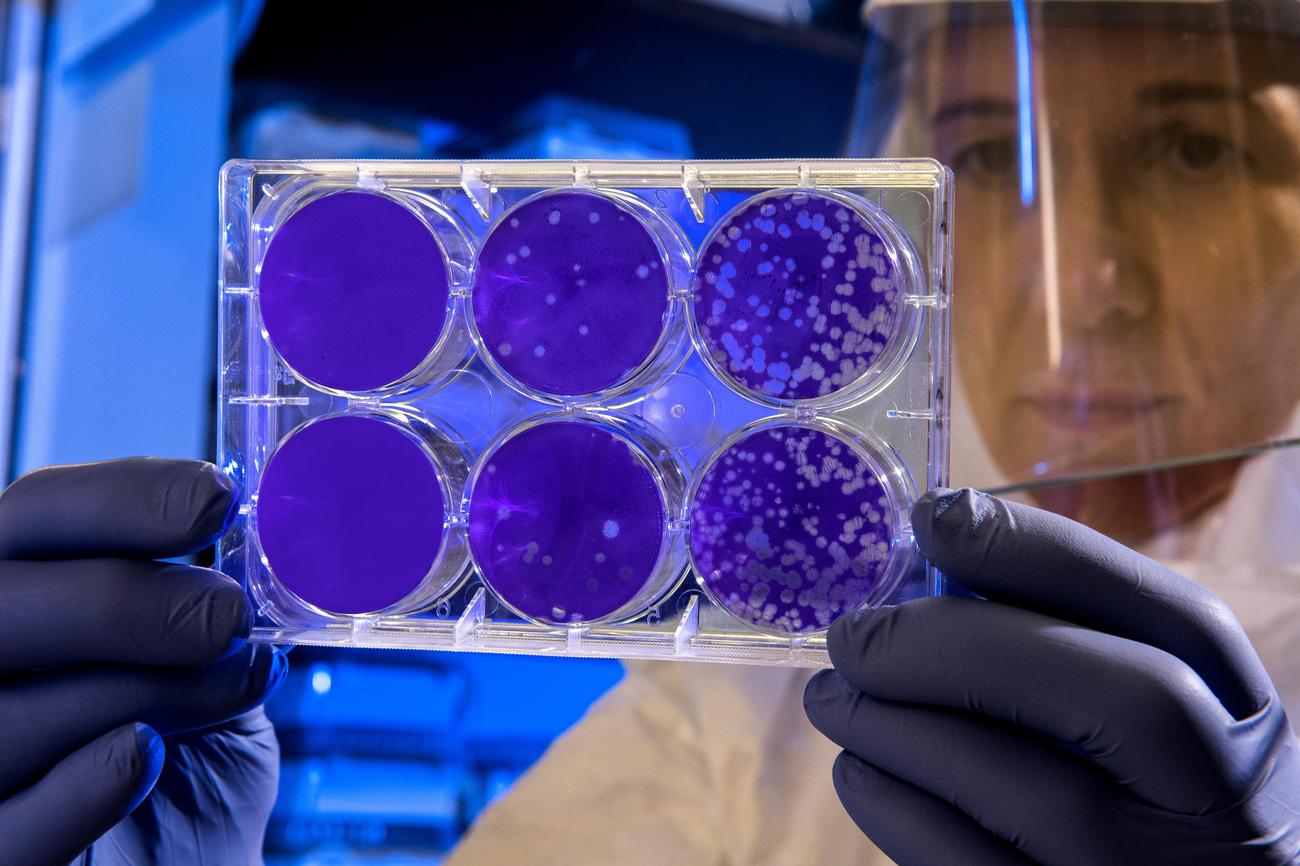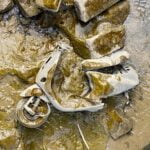In this captivating article, we will dive deep into the fascinating world of slime and uncover the extraordinary science that governs its mesmerizing properties. From the intricate chemical reactions that give slime its unique texture to the physics of fluid dynamics that dictate its behavior, we will unravel the secrets behind this enigmatic substance. Whether you’re a science enthusiast with a curious mind or simply intrigued by the slimy world of polymers, get ready to embark on a thrilling journey as we explore the amazing science behind slime.

Amazing science behind slime
The world of slime is filled with extraordinary phenomena that can captivate both science enthusiasts and those simply intrigued by its slimy qualities. But what makes slime so fascinating? And what is the amazing science behind its creation and properties? Let’s dive into the mesmerizing world of slime and uncover the incredible science that underpins this slimy phenomenon.
The Unique Chemistry of Slime
Slime is not just a sticky substance; it is a complex combination of chemistry and physics. One of the common ways to create slime involves the addition of a borax solution to a glue solution. This seemingly simple process actually triggers a chemical reaction that changes the consistency of the mixture from liquidy to rubbery.
When the borax solution is added to the glue solution, it acts as an activator. The borate ions in the activator start crosslinking with the molecules of the glue’s protein, forming a new substance called slime. This crosslinking process creates long polymer chains, which link together and give slime its unique elastic and stretchy properties.
The Mysterious Properties of Slime
Slime is not just any ordinary fluid; its properties are truly remarkable. Slime is what scientists refer to as a non-Newtonian fluid, meaning its ability to resist deformation changes based on the amount of stress applied to it. When slime is subjected to shear or tensile stress, it changes its behavior.
In its relaxed state, slime has a low viscosity and flows like a thick liquid. But when you apply force to it by stretching or squeezing, slime behaves like a solid and resists the deformation. This behavior is due to the crosslinked polymer chains in slime, which create a three-dimensional network that allows it to retain its shape and elasticity under stress.
The Role of Polymers in Slime
To truly understand the science behind slime, we must delve into the captivating world of polymers. Polymers are long chains of repeating units, and they play a crucial role in the creation of slime. The molecules of glue used in slime are polymers themselves, and when crosslinked with borate ions, they form a network of longer polymer chains.
These longer chains allow the slime to stretch, bounce back, and flow in a unique manner. It’s like having a crowd of people holding hands and forming a strong network. When you pull on one end, the entire chain stretches, but it quickly bounces back to its original shape once the force is released. This intricate network of polymers gives slime its amazing properties and allows it to defy our expectations.
Creating Slime: A Chemical Adventure
Now that we understand the science behind slime, let’s embark on a chemical adventure to create our own slimy masterpiece. Here’s a simple step-by-step guide:
Gather your materials: You’ll need clear or white glue, a borax solution (made by dissolving borax powder in water), food coloring (optional), and water.
Mix the glue: Pour the glue into a bowl and add a few drops of food coloring if desired. Stir the mixture until the color is evenly distributed.
Prepare the borax solution: In a separate bowl, dissolve borax powder in warm water. Stir until the powder is fully dissolved.
Combine the two solutions: Slowly pour the borax solution into the glue mixture while stirring continuously. Keep adding the borax solution until the desired slime consistency is achieved.
Knead and play: Once the slime starts to form, take it out of the bowl and knead it with your hands. The more you knead and play with the slime, the better its consistency will become.
And voila! You have successfully created your own slimy concoction using the power of chemistry.
In Summary
Slime is not just a gooey toy; it’s a fascinating scientific wonder that highlights the incredible properties of polymers and non-Newtonian fluids. The addition of a borax solution to glue triggers a chemical reaction, forming long polymer chains that link together to create slime. This unique substance behaves both like a liquid and a solid, depending on the stress applied to it.
So next time you hold a batch of slime in your hands, take a moment to appreciate the beauty of the amazing science behind it. From the chemistry of crosslinking polymer chains to the mesmerizing properties it exhibits, slime is a testament to the fascinating world of science that can be found in the most unexpected places.
For your science fair project, are you looking for fascinating and informative slime facts? Look no further! We have compiled a comprehensive list of slime facts that will leave you amazed. From the different types of slime to the science behind its gooey texture, our slime facts will offer you a unique insight into the world of this captivating substance. Click here to uncover the secrets of slime for your science fair project: Slime Facts For Science Fair.

FAQ
Q: How is slime created?
A: Slime is created through a chemical reaction where the molecules of glue’s protein crosslink with borate ions in the activator, forming a new substance called slime.
Q: What is the science behind slime?
A: The science behind slime involves the addition of borax solution to glue solution, which helps link long polymer molecules together and change the consistency of the solution from liquidy to rubbery. This change in consistency is due to the slime’s ability to resist deformation according to shear or tensile stress.
Q: What properties does slime have?
A: Slime is a fluid that changes its ability to resist deformation according to shear or tensile stress. It has a low viscosity and flows like a thick liquid. When pressure is applied, slime exhibits both liquid-like and solid-like characteristics.
Q: What is the role of borax in slime-making?
A: Borax acts as an activator in slime-making. It reacts with the protein molecules in glue, forming crosslinks that connect the long polymer chains, resulting in the formation of slime. Without borax, the glue and water mixture would remain a liquid.
Q: How can the science of slime be explained in simple terms?
A: Slime is created when the molecules in glue join together with borate ions from the activator solution, forming a new substance with unique properties. It changes its consistency from a liquid to a rubbery substance due to the crosslinking of polymer molecules. The addition of borax helps in linking the polymer chains, giving slime its distinctive characteristics.












